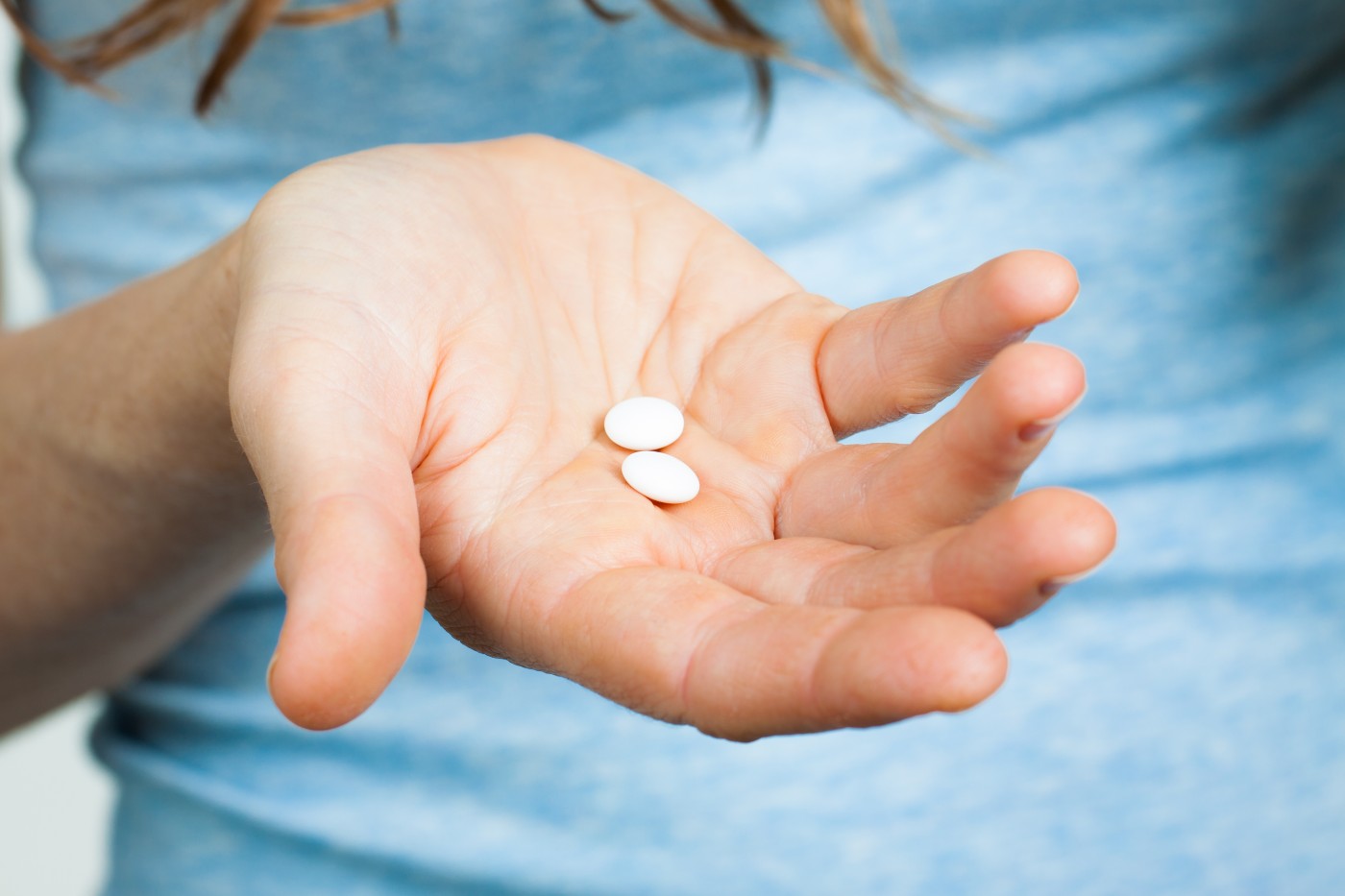PAH Oral Prostacyclin Analog Drugs, Like Treprostinil, Are Improving But Have Way to Go

Prostacyclin analogs have substantially improved pulmonary arterial hypertension (PAH) treatment, but the use of these drugs is hampered by the difficulties and risks of treating patients with continuous intravenous infusions. A new overview highlighted the development of oral prostacyclins, focusing on the drug treprostinil (Orenitram).
The overview was published under the title “Clinical use of extended-release oral treprostinil in the treatment of pulmonary arterial hypertension“ in the Journal of Integrated Blood Pressure Control.
Three classes of drugs are now in use for PAH treatment: prostacyclins, endothelin receptor antagonists (ERAs), and phosphodiesterase-5 (PDE-5) inhibitors/soluble guanylate cyclase stimulators. Researchers and clinicians agree, however, that prostacyclins, infused either intravenously or subcutaneously, are the best treatment available for patients with severe PAH.
In spite of the efficacy of prostacyclin infusions, their use can be problematic. Patients on this therapy need to get a catheter implanted for long-term use, and require extensive training and lifestyle modifications to adjust to the treatment. The benefits of oral treatment are evident, but a previous effort with the oral prostacyclin beraprost had limited success: the U.S. Food and Drug Administration (FDA) decided not to approve beraprost after Phase 3 clinical trials showed a 70 percent rate of adverse effects. The drug is on the market in Japan and South Korea.
More recently, an oral preparation of a prostacyclin known as treprostinil diolamine has been developed, completed three Phase 3 clinical trials, and was approved by the FDA for WHO Group I PAH.
Treprostinil is available as extended-release tablets that should be taken twice daily. The absorption of the drug into the bloodstream is affected by food, so treprostinil tablets need to be taken with a meal of at least 250 calories, and containing between 30 percent and 50 percent fat. The drug is metabolized in the liver, so liver disease severely hampers its clearance from the body. The medication does not seem to interact with other PAH drugs, such as sildenafil or bosentan, on a level affecting absorption, distribution metabolism, or excretion.
The three clinical trials investigating efficacy and safety of oral treprostinil in patients with PAH all reached the conclusion that the risk of discontinuation of treatment because of adverse effects is related to a higher starting dose. Patients who started by taking 0.25 mg and increased the dose in 0.25 mg steps tended to abandon the treatment less often than patients starting with a 1 mg dose.
The first two trials, Freedom-C and Freedom-C2, investigated the effect of treprostinil on a background therapy of an ERA, PDE-5 inhibitor, or both. The primary outcome was a change in the six minute walk distance (6MWD) test, and early studies showed that there was a linear relationship between dose and change in the 6MWD. The trial aimed to increase the dose to 16 mg to reach a good 6MWD result, but since the drug was poorly tolerated, the median dose achieved in these trials was, respectively, 3.0 and 3.1 mg two times daily.
Neither of the first two trials could demonstrate improvement in 6MWD or in any of the secondary endpoints — time to clinical worsening, mortality, or change in the New York Heart Association (NYHA) functional class (FC). In the first trial, the only positive secondary outcomes were improvements in dyspnea-fatigue index score, and combined 6MWD and Borg dyspnea score.
A third clinical trial, Freedom-M, investigated treprostinil monotherapy in newly diagnosed PAH patients who had not been exposed to previous PAH treatment. Although most started on a low dose, the trial suffered from tolerability issues similar to its predecessors and reached only a moderately higher median dose of 3.4-3.6 mg two times daily. Nevertheless, Freedom-M results showed good improvement in the 6MWD test after 12 weeks of treatment, and the proportion of patients in the low-dose group abandoning treatment because of side effects was similar to the placebo group (4 percent and 3 percent, respectively).
The trial also showed improvement in the combined 6MWD and Borg dyspnea score, but not in any of the other secondary outcomes. Based on these results, the FDA approved the drug, but further studies of treprostinil are ongoing. The current FREEDOM EV trial is investigating if better effects could be achieved by three times daily dosing and longer treatment periods.
Similar approaches are being explored with the drug selexipag (Uptravi), which stimulates the same receptor as prostacyclin analogs but has other biochemical properties, making it easier on the gastrointestinal tract. A Phase 2 clinical trial with 43 PAH patients who had been treated with other PAH drugs demonstrated a 30.3 percent change in pulmonary vascular resistance. Side effects were similar to that of prostacyclin analogs. Results from a larger trial of selexipag treatment in 1,156 PAH patients are expected soon. Also, a second oral prostacyclin receptor agonist, ralinepag, or APD-811, is currently in a Phase 2 PAH clinical trial.
Although orally administered drugs are desperately needed, the place for treprostinil in PAH treatment is, at best, unclear. In addition to an unfavorable side effect profile, its high cost and low drug efficacy is preventing large-scale adoption. Future studies of long-term treatment with oral treprostinil might answer questions about the drug’s effects on pulmonary vascular remodeling, and whether this is mediated through activation of the prostacyclin receptor or via other pathways.
Despite these obstacles, the authors — Steven C. Pugliese and Todd M. Bull from the University of Colorado — are hopeful. “While we are still without answers regarding the definitive role of oral prostacyclin therapy in PAH, the rapid pace of medication development and the potential benefits to patients with the expanding pool of pharmacotherapy offers great hope to clinicians and patients alike,” they concluded in the article.







